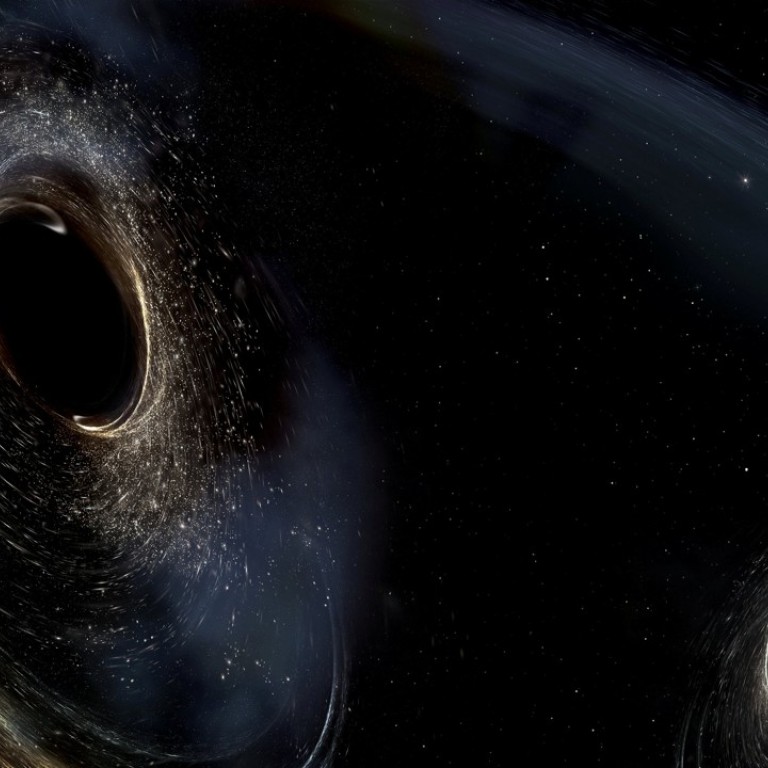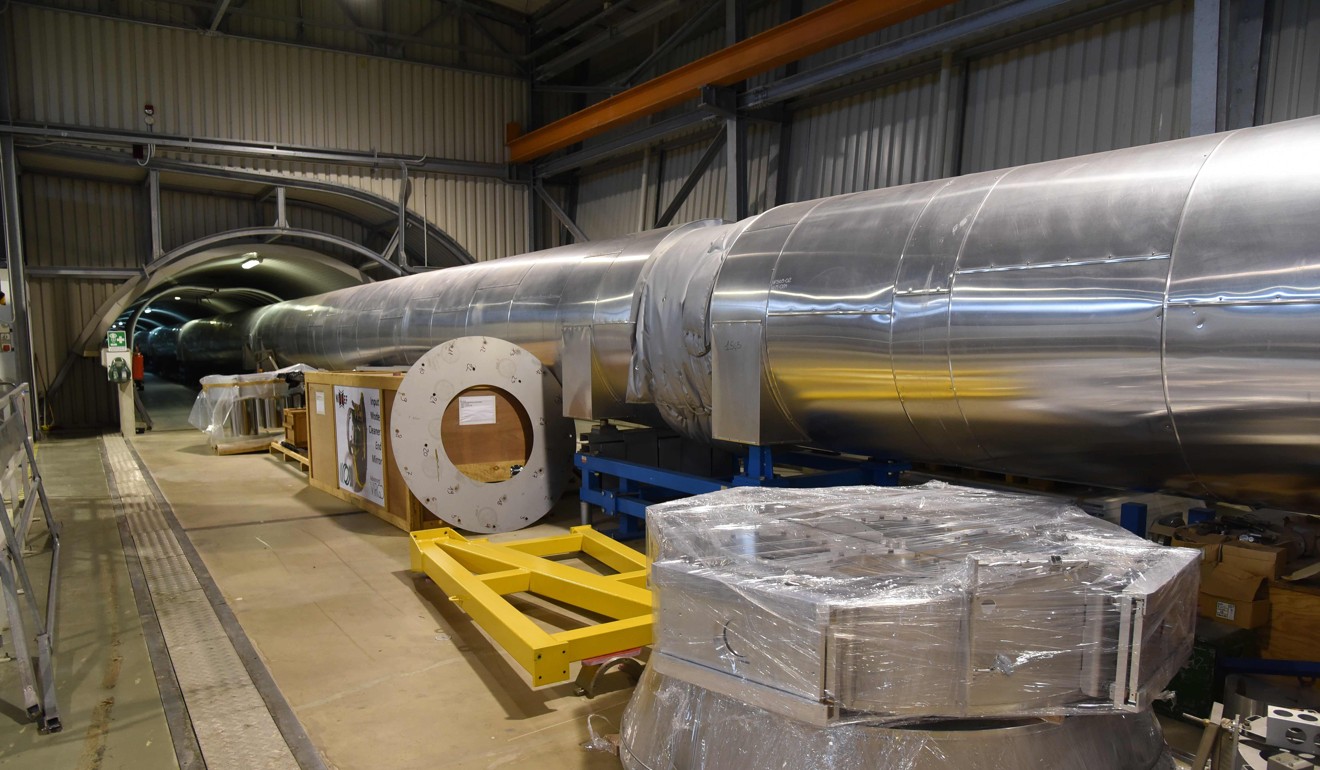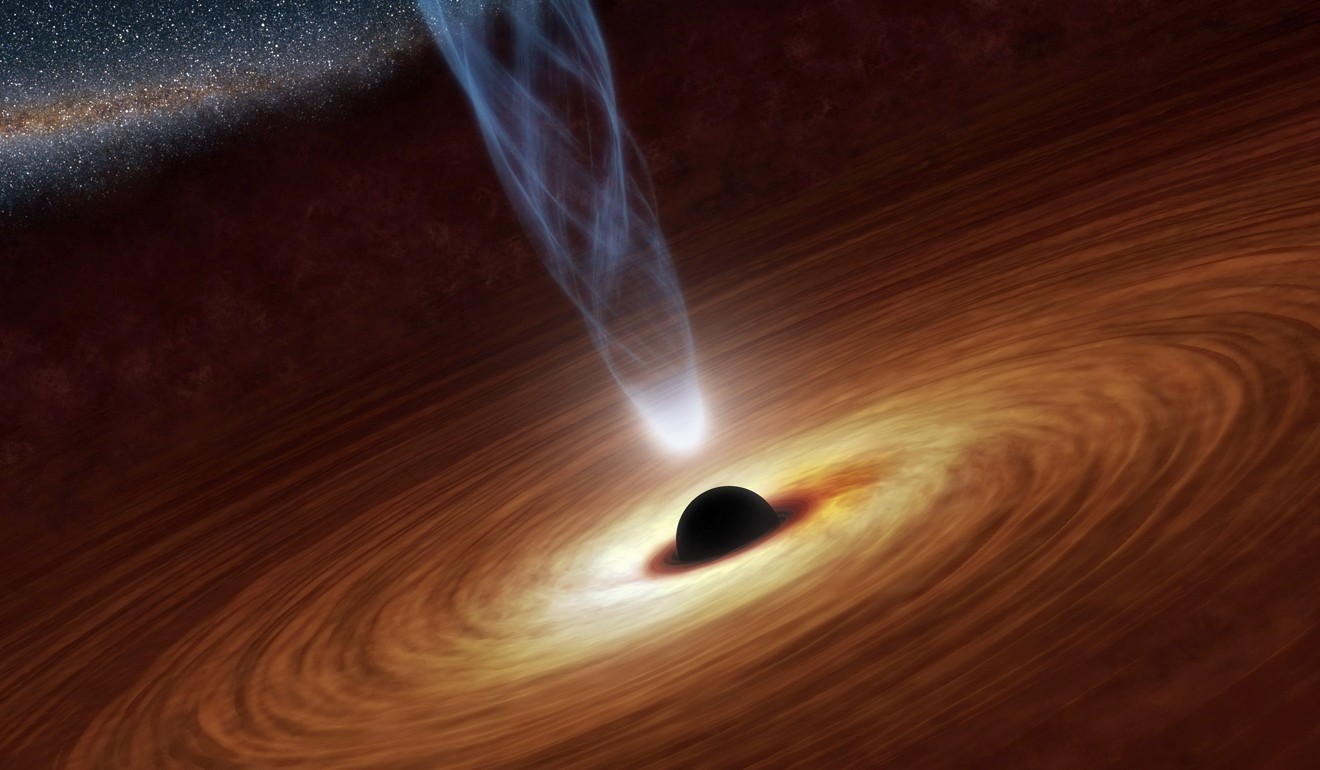
Ripples from ancient black hole collision strike Earth, after travelling 1.8 billion light years
When two black holes merged 1.8 billion light years away, their violent union sent shock waves through space and time.
On August 14, three precisely tuned machines sensed the cosmic fallout from the ancient collision, a ripple known as a gravitational wave. August’s event marked the fourth time that astronomers have observed black hole collisions.
An international team of scientists announced the discovery on Wednesday from Turin, Italy, at a meeting of the G7 science ministers.
The science of hunting gravitational waves is old on paper and young in practice. Albert Einstein, through his General Theory of Relativity, predicted in 1916 that the waves should exist. It would remain a prediction for 98 years, until the LIGO Scientific Collaboration detected the first gravitational wave in September 2015.

“LIGO and Virgo are the most sensitive instruments ever built by mankind,” said Jo van den Brand, a physicist and Virgo Collaboration spokesman, during the announcement. The detectors hear waves as a spike in frequency sometimes called a cosmic chirp. August’s chirp was the first signal detected by all three observatories.
Virgo was officially online for just two weeks when it detected the gravitational wave. Now that Earth’s three-detector network for sensing gravitational waves is operational, astronomers hope to zoom in on the source of the waves.
Massachusetts Institute of Technology research scientist David Shoemaker, spokesman for the LIGO Scientific Collaboration, used the analogy of a camera tripod at Wednesday’s conference. Work your way up the three legs of a tripod, and you’ll find the location of the camera. In this sense, the LIGO detectors and the Virgo detector form the tripod’s feet. Where the legs met, 1.8 billion light-years away, was a ball of space so compact light cannot escape.
The two black holes that merged were massive: one hole was 31 times the mass of the sun, and the other was 25 solar masses. They twisted together to form a single spinning hole 53 times more massive than our star. The missing three suns’ worth of mass became energy, expelled as gravitational waves.

The Virgo detector – a 3km-long, V-shaped instrument dug into the Italian countryside – is less sensitive than the two American detectors that first found gravitational waves two years ago. But its inclusion in the collaboration allows scientists to triangulate the origin of these space-time ripples, which travel at the speed of light, with greater precision.
“We go from hundreds of square degrees, almost thousands, to only 30 square degrees,” González said. (“Square degrees” are the units with which astronomers measure the celestial sphere of the night sky; the full moon takes up about 0.2 square degrees, and the large constellation Hydra covers 1,303.)
Astronomers said they were able to trace the gravitational wave, GW170814, to a region of sky of 60 square degrees. Virgo’s addition shrank the space by a factor of 10.
What’s more, the detector in Italy added “a new dimension to the fundamental tests we can carry out,” said Frédérique Marion, a Virgo Collaboration senior scientist, during Wednesday’s announcement. The LIGO detectors are essentially aligned. Virgo is not. With the third detector, researchers can analyse the space-time distortion in three dimensions. They found, just as Einstein predicted, that wherever space stretched, it contracted in the dimension at a right angle – as what happens when you tug on a wad of putty.
Such precision becomes even more important as gravitational wave detectors begin to detect signals from events involving objects other than black holes. Whereas black holes emit no radiation and are impossible to directly observe, other potential sources of gravitational waves – colliding neutron stars, supernovas, binary star mergers – can be seen through conventional telescopes.
Knowing exactly where a gravitational wave came from, González said, will help LIGO scientists correlate their detection to optical counterparts – heralding a new era of astronomy in which celestial events are “heard” as well as “seen.”
“This proves we are now ready to do that kind of astronomy,” González said.

